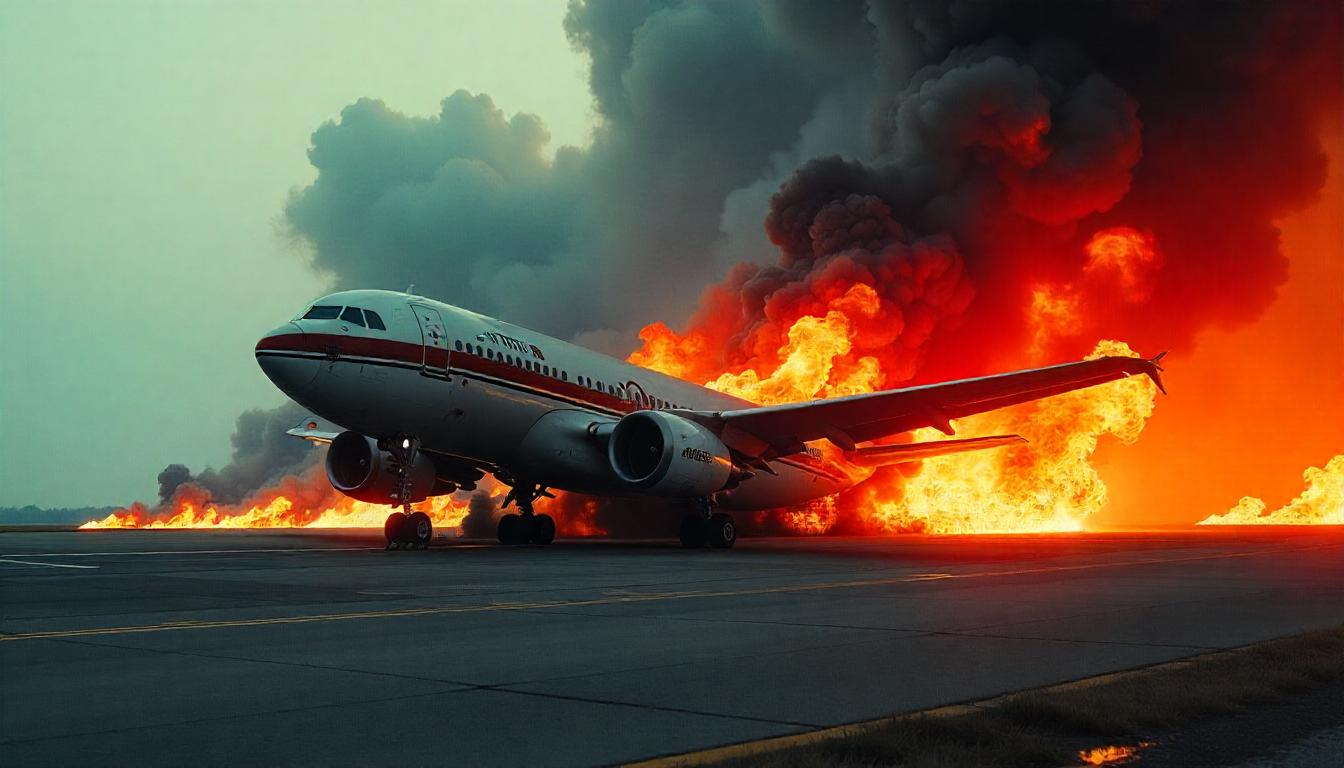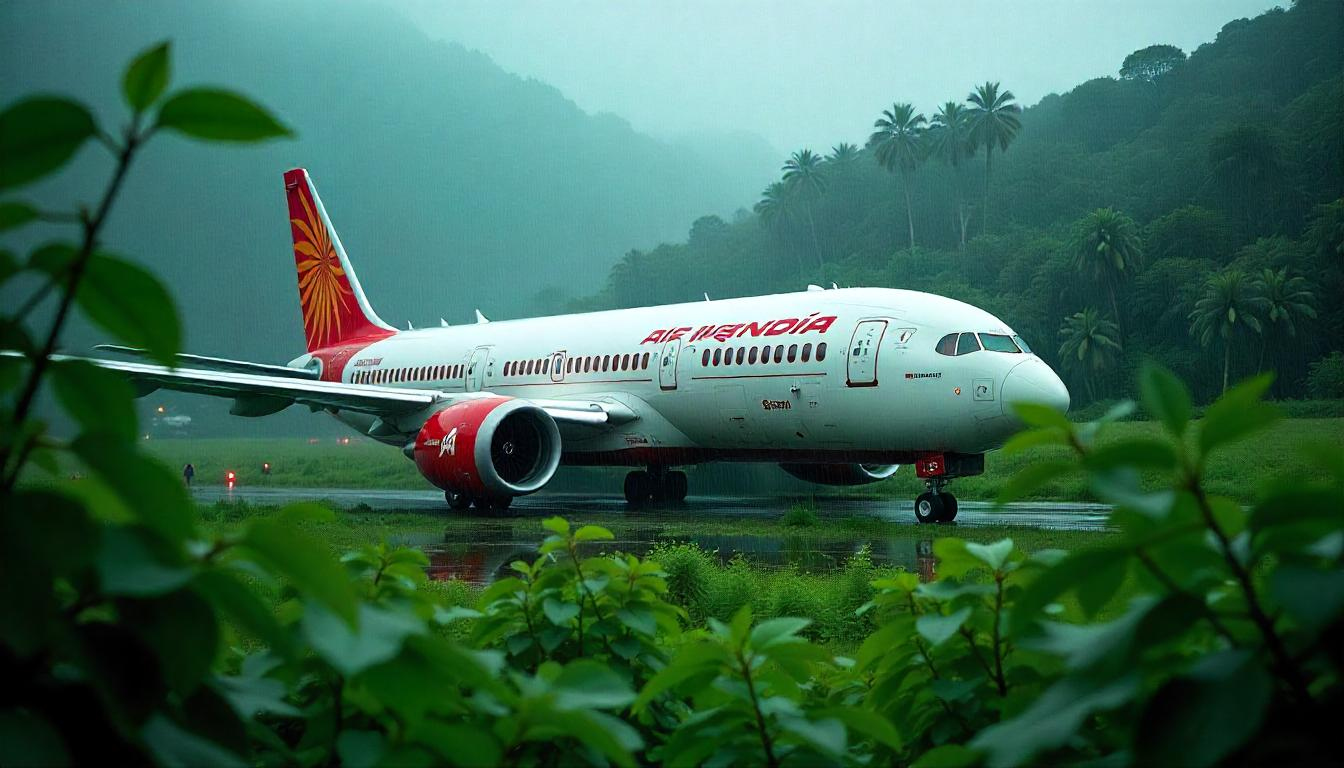Air India 787 Crash Probe: Findings on Causes and Global Travel Safety

On June 12, 2025, the aviation world was profoundly shaken by the devastating crash of Air India Flight AI171, a 787 Dreamliner. The flight, scheduled to depart from Sardar Vallabhbhai Patel International Airport (AMD) in Ahmedabad for London Gatwick Airport (LGW), tragically crashed mere moments after takeoff, resulting in the loss of all 241 passengers and crew aboard. This catastrophic event marked the deadliest aviation disaster in India’s history, immediately prompting urgent inquiries into its cause. As aviation experts and international authorities collaborate on the investigation, several potential theories have emerged, though no single cause has yet been confirmed.
The aircraft, which struggled to gain altitude, reportedly only reached approximately 625 feet before its rapid descent. Video footage showing the plane flying unusually low over a residential area has added to the public's questions, though its low quality makes definitive conclusions difficult. The investigation, a joint effort involving India’s Directorate General of Civil Aviation (DGCA), the US National Transportation Safety Board (NTSB), and the UK Air Accidents Investigation Branch (AAIB), is meticulously analyzing all available evidence to reconstruct the sequence of events leading to the crash. Recovery of the black box from the wreckage is a critical step, as it holds vital flight data and cockpit voice recordings.
One of the primary theories under intense scrutiny is a dual-engine failure. While engine failures are exceedingly rare in modern commercial aviation, the simultaneous failure of both engines is even more unusual, with the 2009 'Miracle on the Hudson' being a notable precedent. Potential factors contributing to engine failure include fuel contamination, blockages in fuel metering systems, or inherent mechanical faults within the engine components. GE Aerospace, the manufacturer of the Dreamliner’s engines, alongside Boeing and aviation authorities from India, the US, and the UK, are rigorously examining this possibility, with black box data being crucial to determine if power was lost or if a complete engine failure occurred.
Another significant theory being investigated is the possibility of a bird strike. Ahmedabad Airport (AMD) is known for high levels of bird activity, with over 460 recorded bird strikes in the past five years. Bird strikes pose a particular hazard during takeoff, especially if birds are ingested into the engines, potentially causing significant damage or a loss of power. For this to be the cause of the AI171 crash, it would imply a severe impact affecting both engines or inducing a critical power reduction. While rare for such a catastrophic outcome, a large flock could inflict substantial damage, making it challenging for pilots to maintain control at low altitudes.
Flap misconfiguration is also a critical factor under investigation. Flaps are indispensable components for generating lift during takeoff, and any improper setting can severely impede an aircraft's ability to gain necessary altitude. On the day of the crash, temperatures at Ahmedabad Airport hovered around 40°C. Such high temperatures can negatively impact an aircraft's performance, as hot air is less dense, thereby reducing lift. If the flaps were not extended correctly, the aircraft would have struggled significantly, particularly given its substantial weight (nearly 100 tonnes of fuel). Although the Boeing 787 is equipped with a takeoff configuration warning system designed to alert pilots to such errors, investigators are exploring the possibility of a system malfunction or human error leading to the misconfiguration.
The extreme weather conditions on the day of the crash are also a key focus. Ahmedabad’s blistering 40°C temperatures could have significantly affected the aircraft's aerodynamic performance during takeoff. Less dense hot air directly translates to reduced lift generated by the wings. While high temperatures alone are unlikely to be the sole cause of such a disaster, they could have compounded other issues, such as flap misconfiguration or engine malfunction, creating an even more perilous situation for the aircraft and its crew.
Despite the extensive experience of the pilots on board, Captain Sumeet Sabharwal and First Officer Clive Kundar, pilot error or miscommunication remains a possible, albeit rare, factor. The distress call received before the Air India 787 vanished from radar indicates the pilots were aware of an emergency, but they may not have had sufficient time to react. Mistakes during takeoff procedures, such as incorrect flap settings or misjudging the aircraft’s performance capabilities, can lead to disastrous outcomes. The cockpit voice recorder will be meticulously scrutinized to provide insight into the final moments before the crash, shedding light on communications and decisions made by the flight crew.
The ongoing investigation into the Air India 787 crash is crucial not only for understanding this specific incident but also for shaping future safety protocols across the global aviation industry. As aviation technologies advance, the importance of stringent safety standards and robust risk management intensifies. This incident underscores several critical areas of concern, including the paramount importance of engine reliability and consistent aircraft engine maintenance, the necessity for effective bird strike prevention measures at airports with high bird activity, the potential for flap misconfiguration and the vital role of properly functioning warning systems in modern aircraft, and the impact of adverse weather conditions on aircraft performance, particularly in regions prone to extreme temperatures.
Despite the shockwaves sent through the aviation world by the Air India Flight AI171 crash, it is imperative to remember that aviation consistently remains one of the safest modes of transportation. The industry, guided by rigorous international safety standards, continuously evolves based on lessons learned from every incident. This tragic crash will undoubtedly lead to further improvements in aviation safety that will benefit travelers globally. Once the investigation concludes, authorities are likely to implement new safety technologies aimed at enhancing aircraft reliability, especially concerning engines and critical takeoff systems. Furthermore, it is plausible that aviation regulators worldwide will impose stricter safety guidelines on both airlines and aircraft manufacturers, leading to more rigorous checks and balances during flight operations.
While the immediate aftermath of such a crash may cause a temporary dip in travel demand, particularly for the affected airline, the long-term effect is expected to be minimal. Travelers prioritize safety, and the forthcoming improvements born from this incident should instill renewed confidence in the aviation industry. Airlines worldwide, including Air India, will likely take proactive steps to reassure the traveling public about their unwavering commitment to safety standards. The tragic crash of Air India 787 profoundly highlights the critical importance of robust safety protocols and efficient emergency response systems in aviation. As the industry awaits the final report, it is crucial to recognize that such accidents are rare occurrences, and the comprehensive measures implemented post-incident invariably lead to safer skies for all travelers. Remaining informed through trusted sources and understanding that aviation safety is the collective responsibility of manufacturers, airlines, and regulatory bodies worldwide will be key moving forward.











